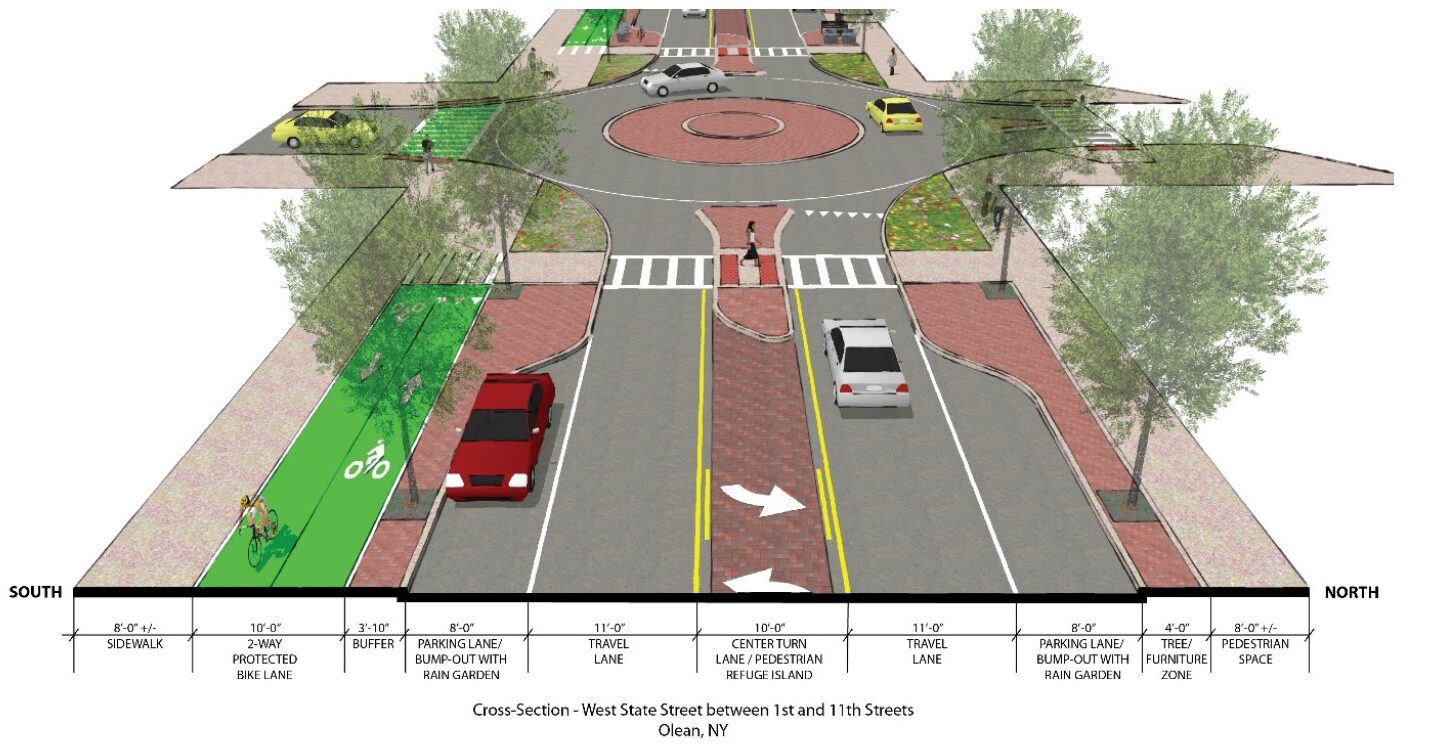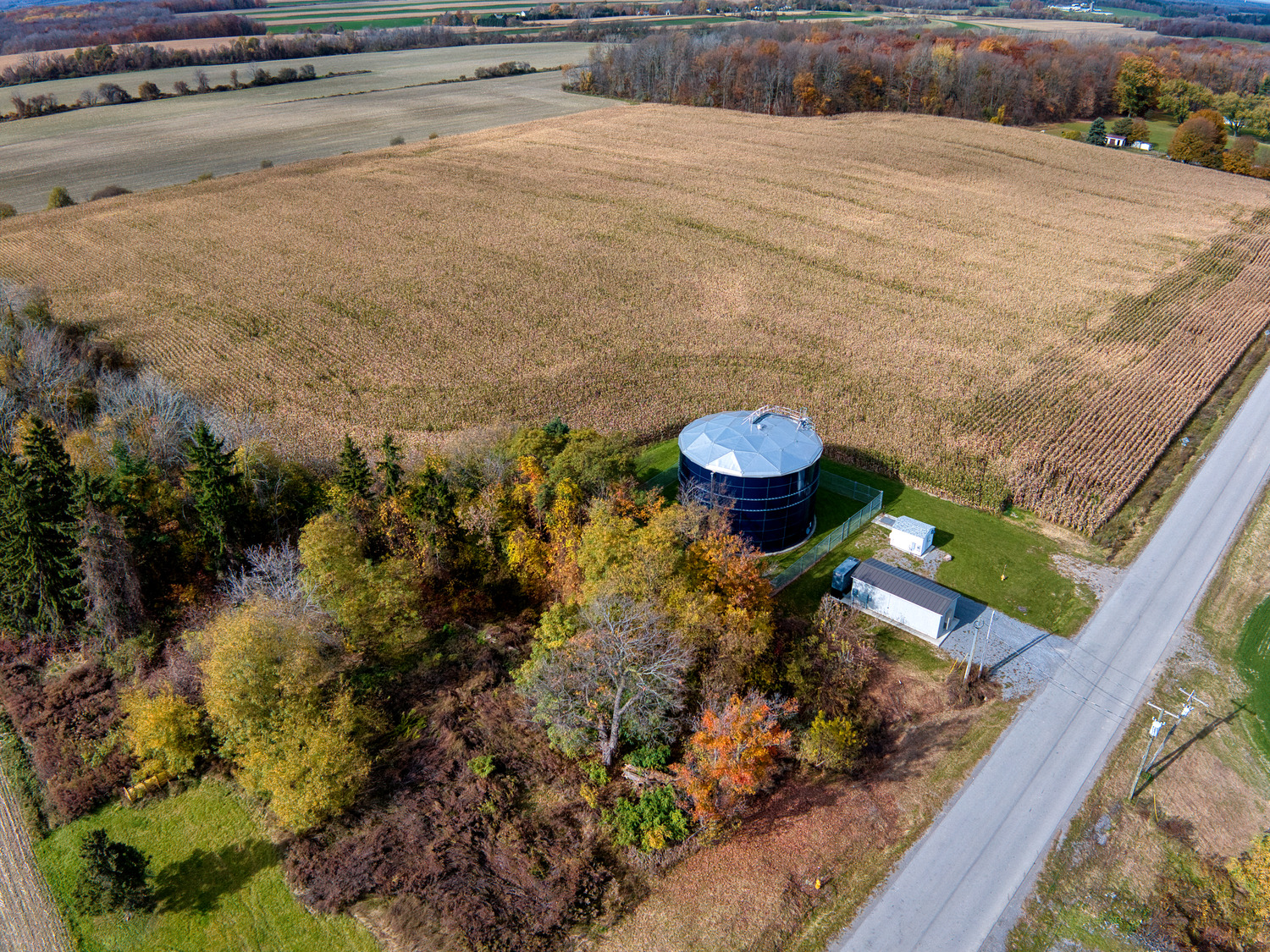Share This Story
Securing funding for critical public works projects—from water treatment upgrades to new fleet maintenance facilities—is more competitive than ever. Limited capital, strict regulations and tight deadlines make traversing the evolving grant landscape a steep challenge.
As demand rises and budgets shrink, municipalities must adopt a progressive mindset. It isn't just about identifying grant opportunities—it's about positioning projects for success with a compelling case. With billions on the line, community leaders can leverage five tactics to maximize their chances.
Understanding Grant Levels
The process begins with identifying and prioritizing community needs, then finding "the right fit" among various funding sources. In this vein, successful proposal applicants match project scale and criteria with the appropriate grant types.
- Federal Grants: Ideal for large-scale, multi-million-dollar projects. Major sources include:
-
- BUILD Grants, which empower transportation and infrastructure projects that augment safety, sustainability and economic prosperity.
-
- FEMA's Hazard Mitigation Grant Program (HMGP) for disaster preparedness and climate adaptation.
-
- EDA Public Works and Economic Adjustment Assistance, which support regional workforce development.
- State Grants: Serving as a bridge between federal and local options, these typically offer more flexible eligibility for mid-sized projects, including but not limited to:
-
- Parks & recreation
-
- Civil works & infrastructure
-
- Waterfront access
-
- Government efficiency
- Local & Regional Incentives: Targeted at smaller improvements affecting energy efficiency, rural expansion and smart cities.
Top Considerations for a Meaningful Proposal
1. Showcase Impact with Data & Metrics
Grant decisions are increasingly data-driven, with agencies favoring projects that offer measurable benefits. The ability to quantify results—whether in terms of public health, economic development or environmental stewardship—often determines whether an idea achieves funding.
A robust cost-benefit analysis (BCA), which proves a project’s long-term gains outweigh upfront costs, is key. Municipalities that preemptively analyze traffic flow, water quality and more through a BCA are better equipped to craft an evidence-backed proposal.


The City of Olean was awarded a $25 million RAISE grant, aimed at tackling deteriorating road conditions and expanding on the Walkable Olean campaign. The application we crafted featured preliminary design drawings, cost estimates and reviews, along with a BCA that demonstrated far-reaching advantages—including lower emissions, pedestrian safety and investments in local business.
2. Create a Multi-Phase Funding Roadmap
A common mistake is focusing in on only one grant or funding cycle for each project. A well-structured project strategy and outline looks at the nuances of a project, and identifies phasing opportunities to close gaps and optimize eligibility.
For instance, a town planning a new judicial center but facing strict grant caps might break the project into multiple phases; first gathering funds for site acquisition and initial design, then applying for additional grants to cover construction. This sustains progress while easing financial strain on residents.
Keeping pace with emerging trends is equally crucial. Administrators can harmonize projects with topics like rural development, PFAS water treatment or climate resilience to boost approval odds. Some towns even defer smaller grants to qualify for larger awards later, harnessing greater prospects through patience and strategy.
3. Garner Public & Political Support Early
Influential grant proposals draw strength from community and political buy-in, as projects with broad support stand out in oversaturated funding pools. However, a common pitfall is engaging the public too late, resulting in weak or missing letters of support.


Our team leading a public input session in Salisbury, NC.
To reinforce local need and importance, those leading public works efforts can:
- Rally residents and businesses through surveys and public forums.
- Leverage political backing—elected officials can advocate for funding at higher levels.
- Tie projects to bigger-picture, regional goals.
4. Diversify Funding Sources & Partnerships
Relying on a single grant to fund a project is risky—if the source falls through, the entire initiative can stall. However, communities can combine grants with alternative mechanisms (like impact investments, revolving loan funds and municipal bonds) to cultivate a versatile financial framework. Moreover, joining forces with local businesses or organizations for public-private partnerships (P3s) opens doors to private capital.


When Dairy Farmers of America (DFA) planned a cheese production facility in Western New York, a lack of public water infrastructure threatened the project. To resolve this, we helped the Town of York procure a cost-sharing plan with DFA and the neighboring Covington to fund a water storage solution that delivered lasting benefits for everyone.
5. Emphasize Grant Readiness & Long-Term Viability
Lack of preparation is a leading cause of grant rejection. Applications that are more proactive—with completed feasibility studies, environmental assessments and architectural and engineering reports—show a greater level of shovel-readiness and typically rank higher.
Failure to meet compliance standards, such as accessibility requirements or budget transparency, may also jeopardize funding, but addressing these elements before submission can help ensure proposals meet all requisites from the outset.
The Power of Persistence, Partnership and Planning
Municipalities that take an empirical approach to grants lead the way. By curating data, amplifying community voices and extending revenue streams, they can bring even the most ambitious projects to life.
As the competition intensifies, those who embrace collaboration and foresight will reimagine financial hurdles as new possibilities—building a cohesive urban fabric for generations to come.
Ready to Fund Your Best Tomorrow?
Approximately $37M in grants were awarded to our communities in 2024.
As your partner, we shift the journey from reactive to proactive, marrying our edge with your town’s unique fingerprint and vision for the best outcomes.
